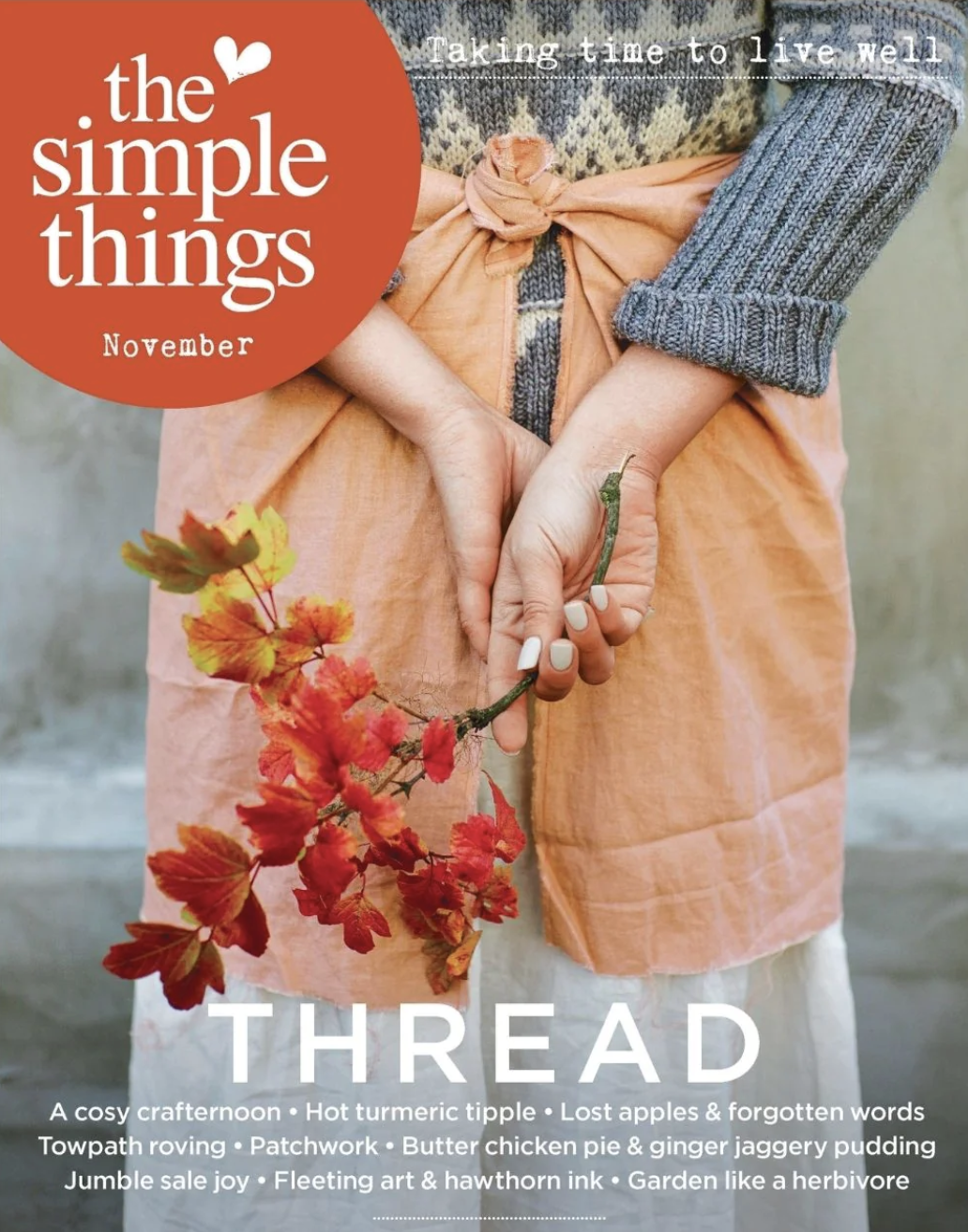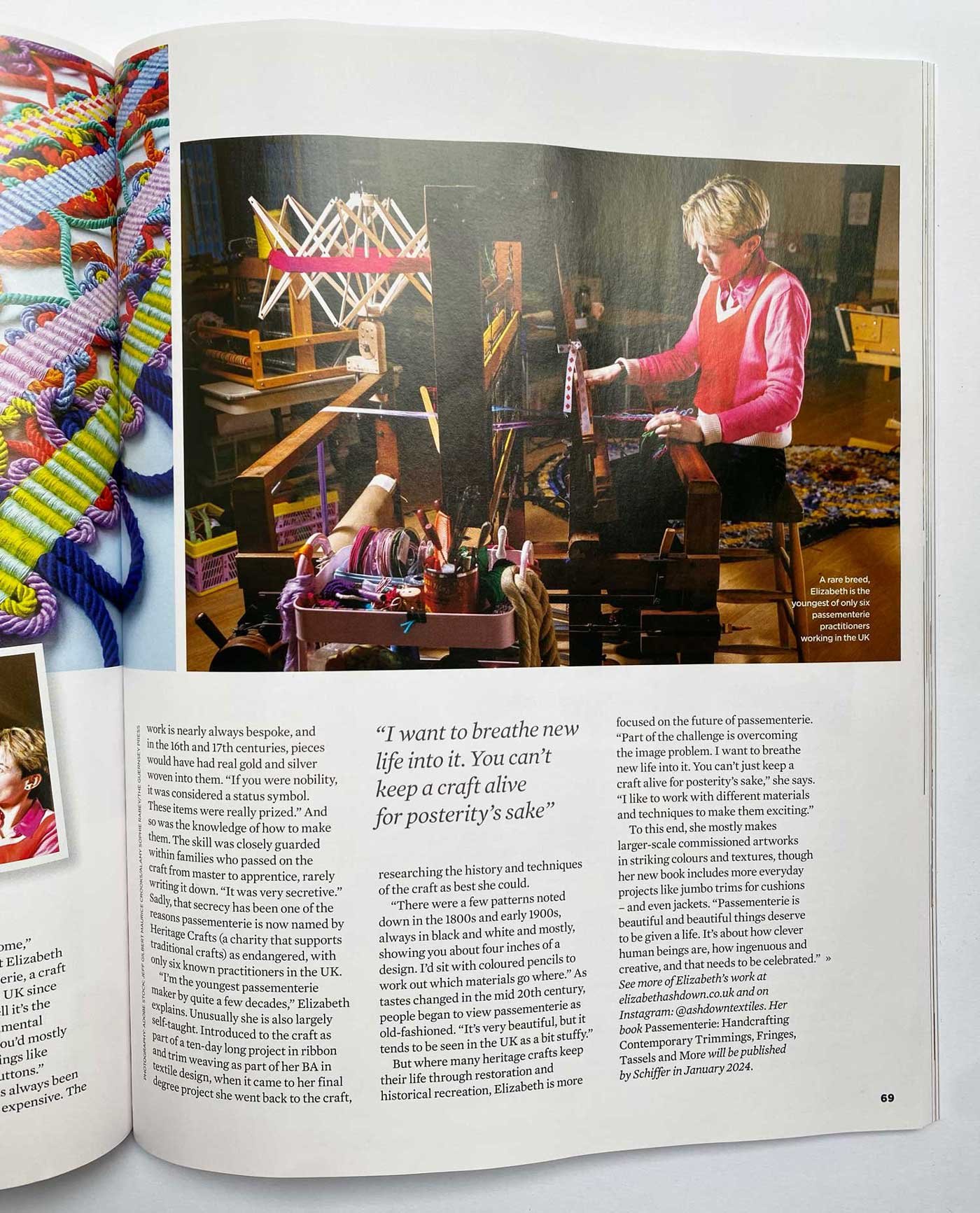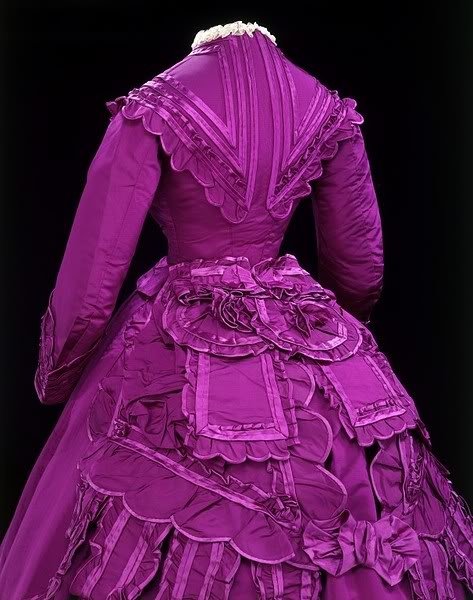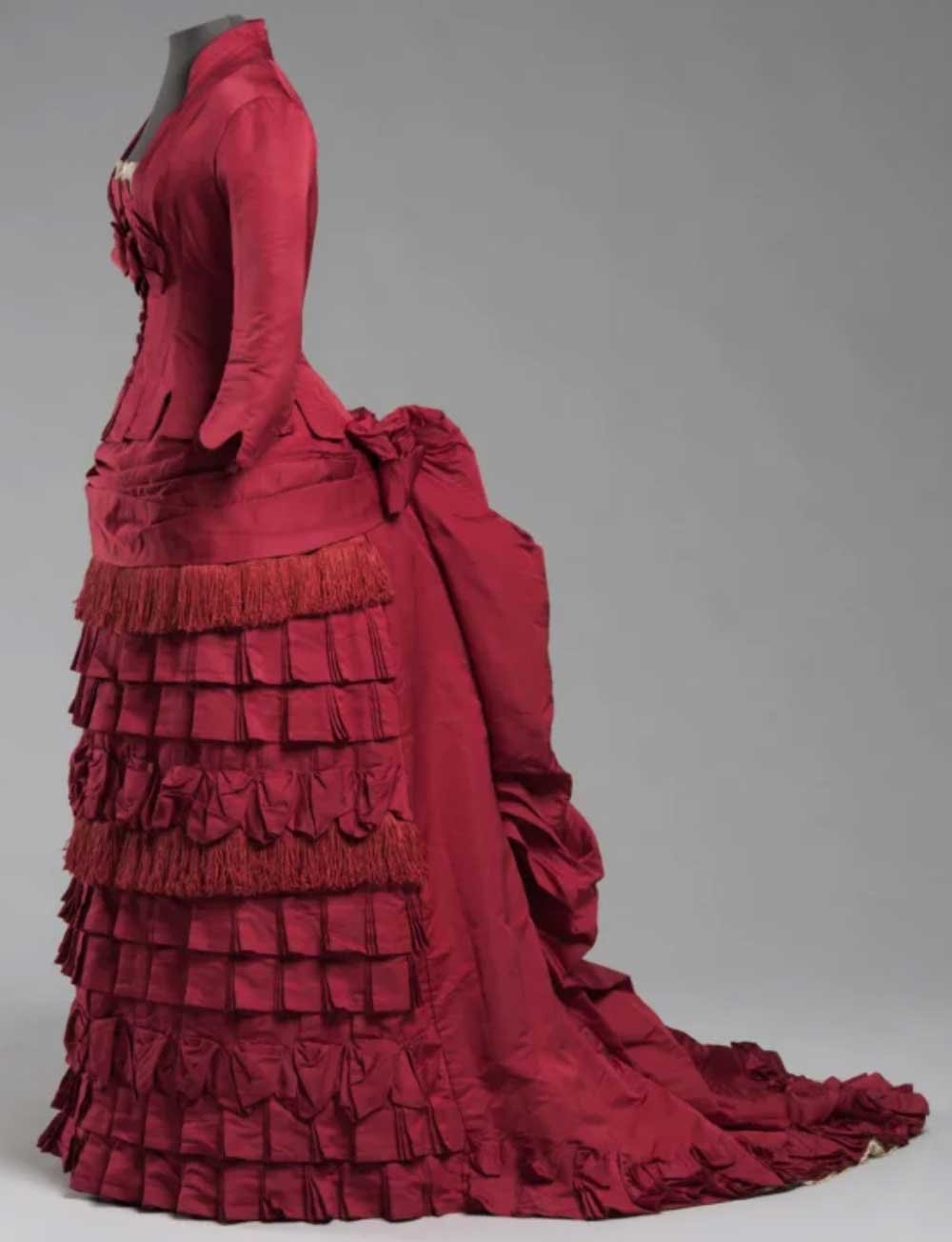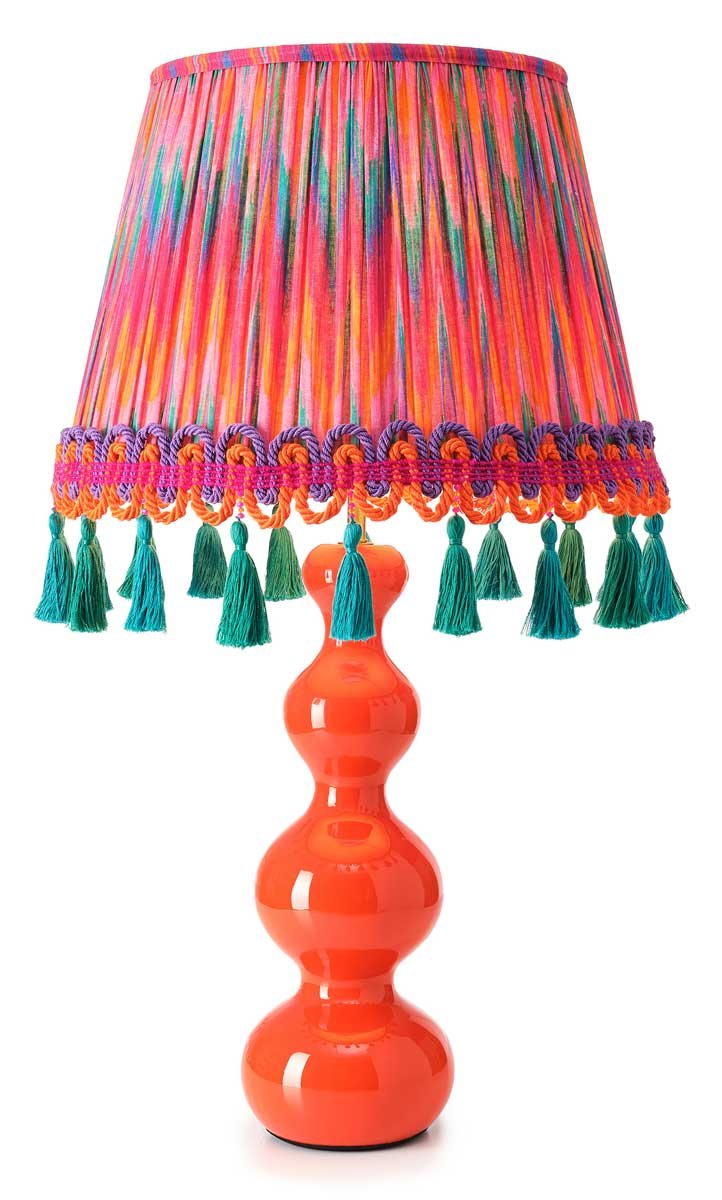Preserving passementerie
“Without the necessary care, there’s a danger of things disappearing from our lives. We hear from those ensuring the beautiful and rare are kept alive for generations to come”
Johanna Derry Hall has written a brilliant article The Preservation Society in the current issue of The Simple Things magazine. I am delighted that Johanna interviewed me about my work with passementerie, alongside other ladies in the UK who are committed to saving endangered things. Featured in the article is Sarah who is saving red squirrels, Joy who is saving the rare language Guernésiais, and Jo who is saving rare apple breeds! You can read the full article in the November 2023 issue of the magazine.
You might be wondering why passementerie is an endangered craft, read on to find out a little more about this fascinating craft…
The Armada portrait showing Queen Elizabeth 1st surrounded by the finest trimmings, tassels, fringes, lace, ribbons and ruffs of the day.
Passementerie is a craft that is intimately woven into the Uk’s intangible cultural heritage, but it is a craft that is at risk of rapidly dying out. I am one of only 6 hand passementerie makers left working in the UK - an astonishingly low figure given that at one point in the 1600s there were over 50 passementiers working in the City of London alone! Master passementier and Royal Warrant holder, Brian Turner, is retiring at the end of December, which means there will only be 5 passementerie makers left in the UK.
Painted portraits from the 1200s onwards document all sorts of hand woven passementerie that would have been woven from real silver and real gold. For centuries, portrait sitters were often painted amid a backdrop of glorious passementerie as trimmings were considered a luxury status symbol - the very height of refinement and good taste. Both King Henry VIII and Queen Elizabeth 1st were avid fans of passementerie and portraits of them show them wearing the finest passementerie and trimmings of their day.
Above: Purple Victorian ladies dress, V&A online collection. Above right: Victorian ladies dress from 1876, festooned in luxurious red silk fringing, from the Philadelphia Museum of Art.
Passementerie continued to be hugely popular for centuries, reaching new heights of ostentation and luxury in the 19th century, a time when luxury adornments made from silk, linen, cotton and wool were must have items. Fashionable ladies of the day would have been bedecked in the finest ribbons, fly fringes, tassels and trimmings, which would have adorned jackets and dresses, hats, walking outfits and chic parasols.
The world of Passementerie began to suffer a decline when tastes in design moved towards Modernism and a pared-back aesthetic. Changes to society as a result of the two World Wars drastically changed attitudes to fashion, style and interior design, and as a result the popularity of passementerie waned.
There has been a wonderful resurgence and interest in the art and craft of passementerie in recent years as contemporary interior designers and fashion designers are using trimmings, braids, fringes, tassels and bullions in increasingly unusual and modern ways, however the market is still quite specialised. The beauty of contemporary passementerie is that the craft can be used in so many different ways. My passementerie works takes me across a wide variety of different design and art disciplines - at the moment I am weaving braid for a couture dressmaker, working on a collection of passementerie for interior design, talking about my passementerie book, teaching, and discussing the intricacies of a passementerie artwork commission for a client - in other words, all sorts of different outcomes focused around passementerie!
A lampshade trimmed in one of my fabulous hand woven Crete passementerie designs, complete with swishing tassels!
One of the key missions of my passementerie work is to raise the profile of this amazing form of art and craft in order to make sure that the craft not only survives, but thrives for generations to come. Whilst many heritage crafts are focused on restoration and historical preservation work, I believe that the future of passementerie lies in creating exciting, contemporary work that appeals to modern sensibilities - whether that’s through using the traditional techniques to create artworks, or evolving the craft to suit contemporary interior design. Heritage Crafts publish a UK wide ‘red list of endangered crafts’ that contains over 250 endangered crafts that are at risk of dying out. Passementerie has unfortunately been on the list since 2019, and Heritage Crafts believe that it will soon be moved into the ‘critically endangered’ section.

